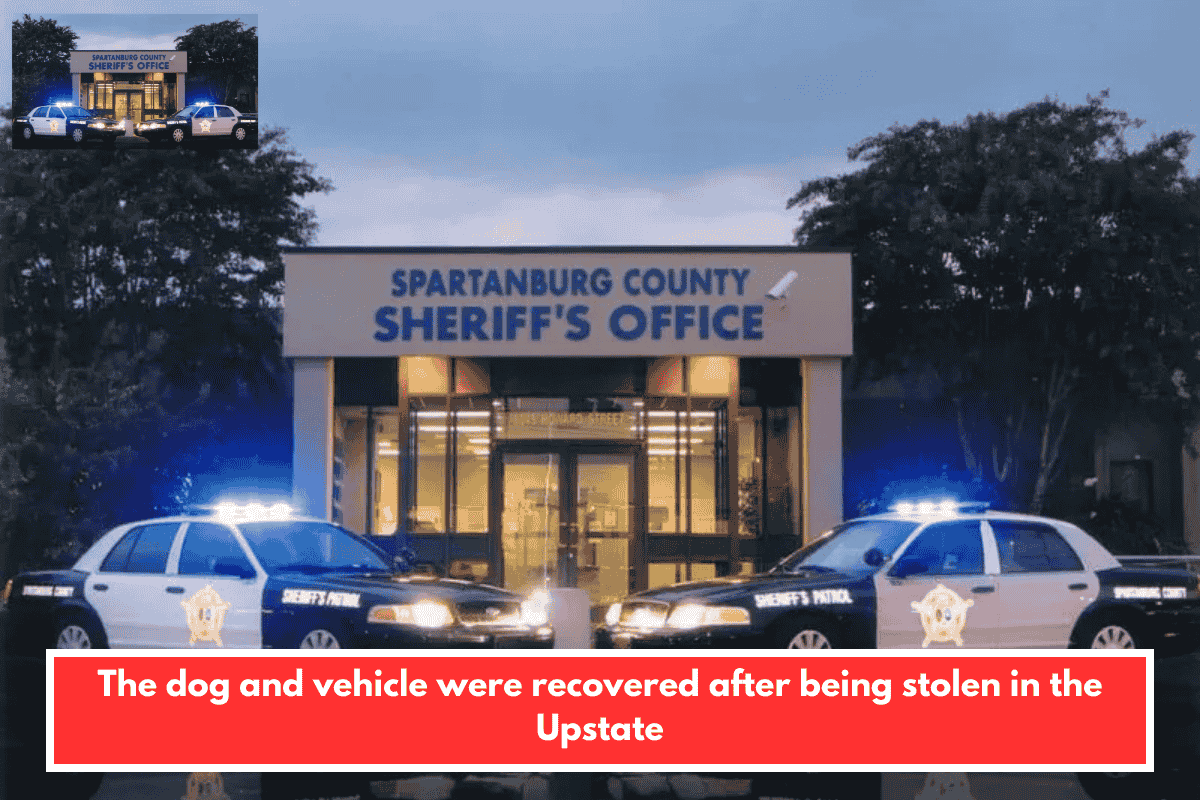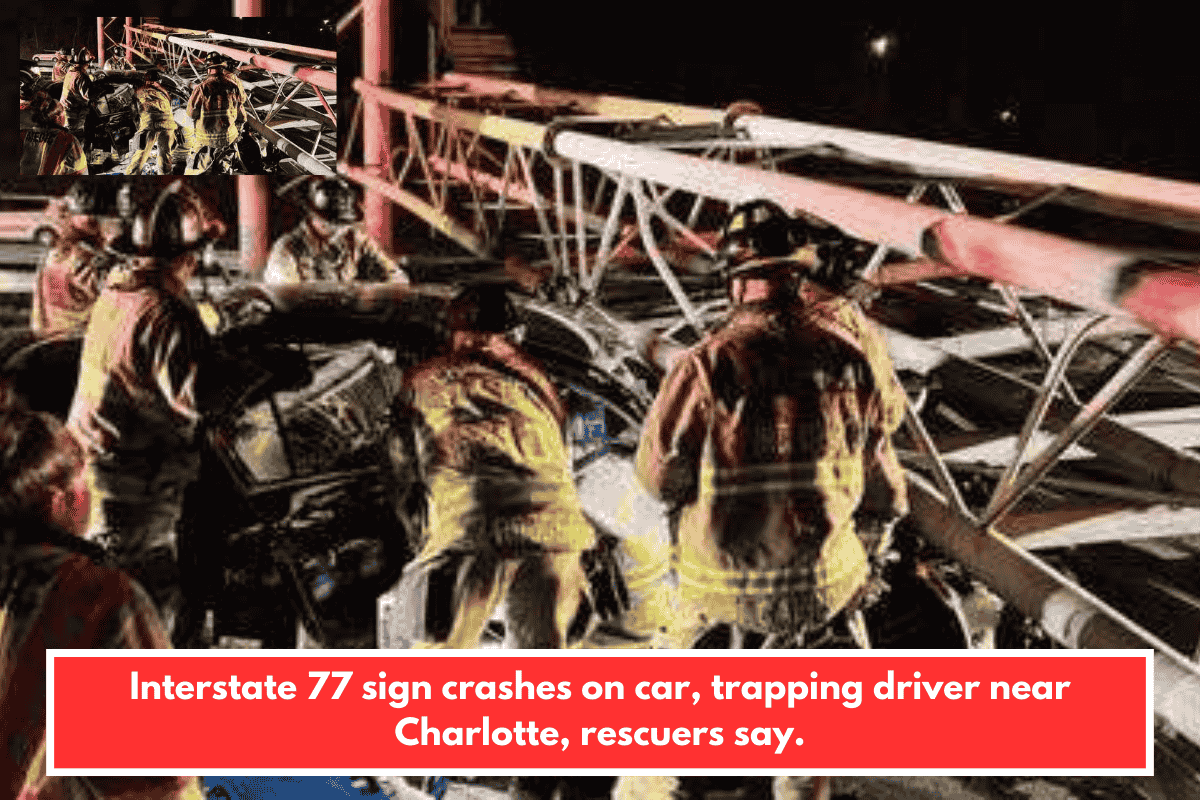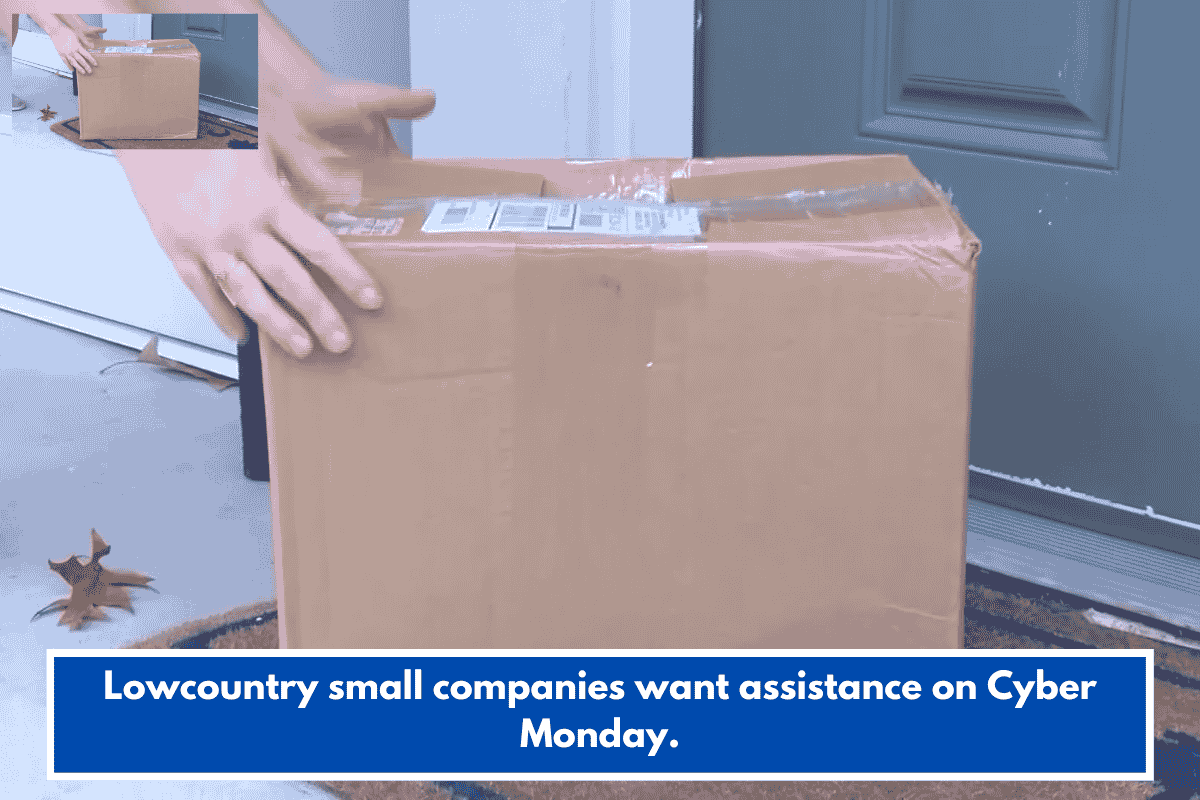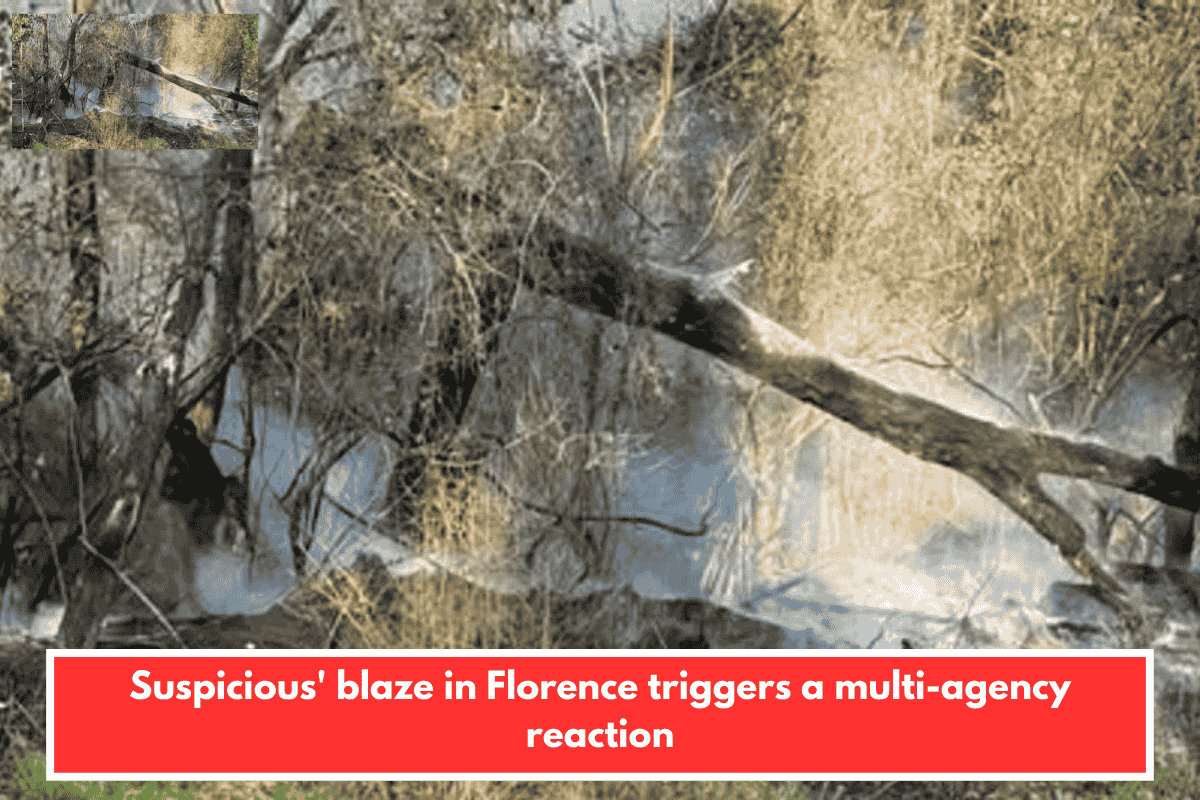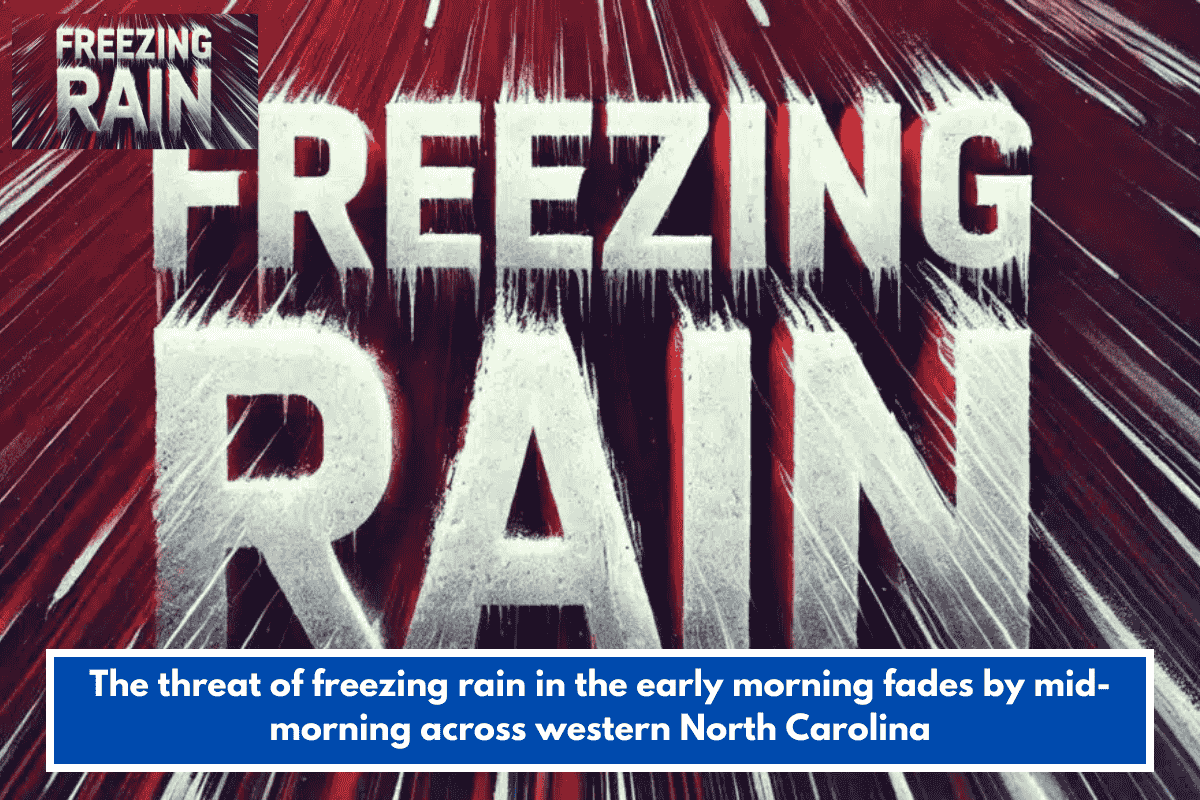On market day in Charleston, the bustling streets of the historic district come alive with locals and tourists alike, eager to discover the culture and traditions that have shaped the city. In the heart of the market hall, Corey Alston, a Gullah basket weaver, sits quietly in a folding chair, weaving blades of sweetgrass into an intricate basket. His steady hands carefully thread the dry reeds, a craft passed down through generations in his family.
Alston, who harvested and dried the sweetgrass himself, takes pride in continuing this centuries-old tradition. “My ancestors used to weave baskets on the plantations to carry rice,” he explains. This unique form of artistry, known as sweetgrass basket weaving, is a prominent feature of Gullah culture—a legacy rooted in the history of African Americans in the southeastern U.S.
The Gullah People: Descendants of Enslaved Africans
The Gullah people are descendants of enslaved Africans brought to the southeastern U.S. in the 17th and 18th centuries to work on rice plantations. Today, approximately 100,000 Gullah people live in the Charleston area, with a larger community of around half a million across the Southeast. Their distinct culture has survived over centuries, due to their geographic isolation and strong community bonds. The Gullah are recognized for preserving African traditions in language, art, food, and more.
Alston is part of this proud heritage. As a descendant of these resilient people, he carries forward the basket-weaving craft that his family has practiced for five generations. “We Gullah are resilient. We always have been, and we always will be,” Alston says with determination.
Sweetgrass Baskets: A Symbol of History and Culture
The sweetgrass basket is one of the most iconic elements of Gullah culture, symbolizing the deep connection between the land, history, and the African heritage of its creators. Historically, these baskets were used for agricultural purposes, such as carrying rice from the fields. Today, they are sought-after works of art, with their beauty and craftsmanship attracting visitors from all over the world to Charleston’s markets.
In Charleston, the craft is protected by law—only the Gullah people are allowed to harvest the sweetgrass used for these baskets, ensuring that the tradition remains within the community. For Alston and his family, making a living through this art form is not only a way to preserve culture but also a way to teach future generations the value of their heritage.
The Gullah People’s Legacy and Charleston’s Historical Sites
The Gullah people’s contributions to Charleston’s history are visible throughout the city, from the historic churches and neighborhoods to the museums and plantations that tell the story of slavery and its aftermath. Alston’s story is intertwined with that of the larger Gullah community, and their shared legacy is honored in places like the International African American Museum at Gadsden’s Wharf.
The museum, which opened in 2023, serves as a place of reconciliation, dedicated to preserving the history of African Americans, particularly the Gullah people. This site, once a hub for the transatlantic slave trade, is now a place of learning where the stories of the enslaved and their descendants are remembered and celebrated.
Gullah Culture Today: Preservation and Education
Through efforts like those of Alston and other basket weavers, the Gullah people continue to preserve their culture and language. The craft of basket weaving is one way they maintain their identity, while other initiatives work to pass down their dialect, folklore, and culinary traditions.
As Alston reflects on the future, he expresses his hope that his children will continue the family craft and keep the Gullah traditions alive. His dedication to teaching the next generation is an essential part of ensuring that this vibrant culture is not lost to time.
“We’re more than just a community—we’re a living history,” says Alston. “It’s our duty to pass it on.”





